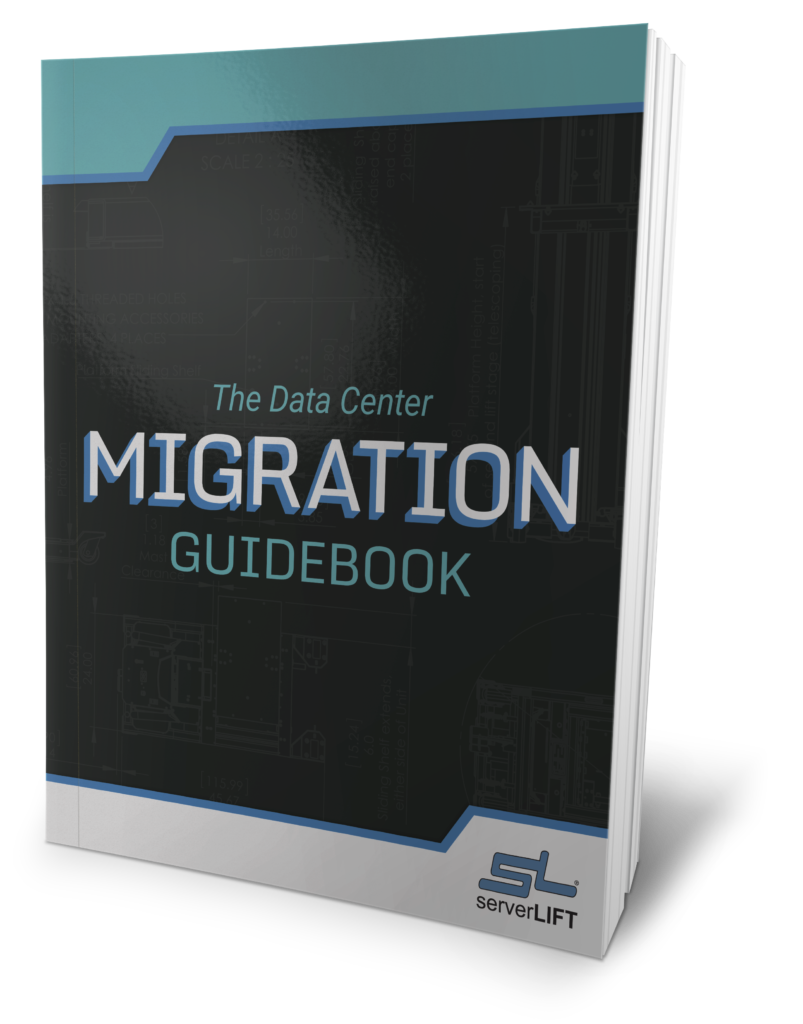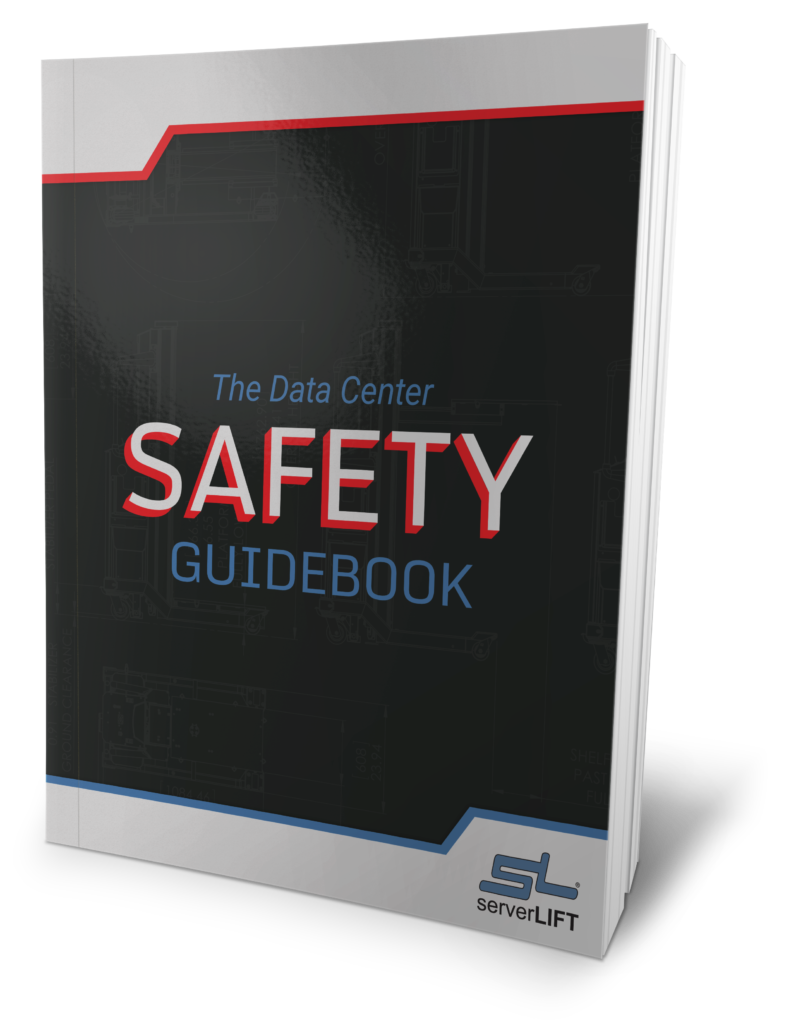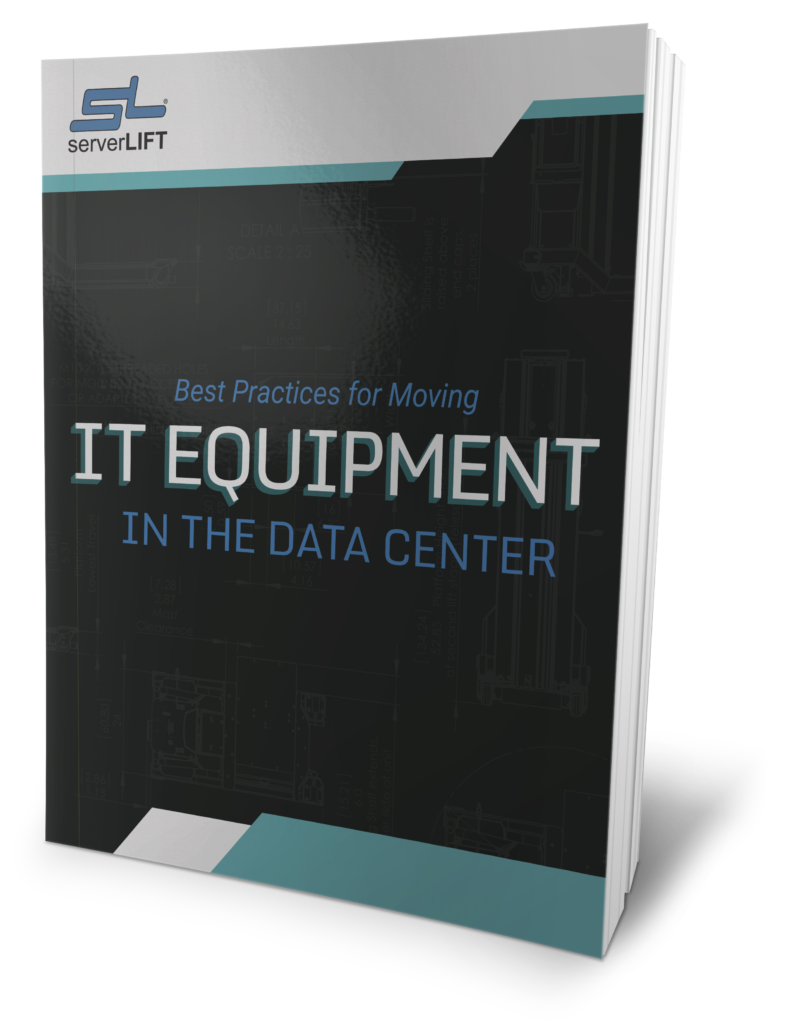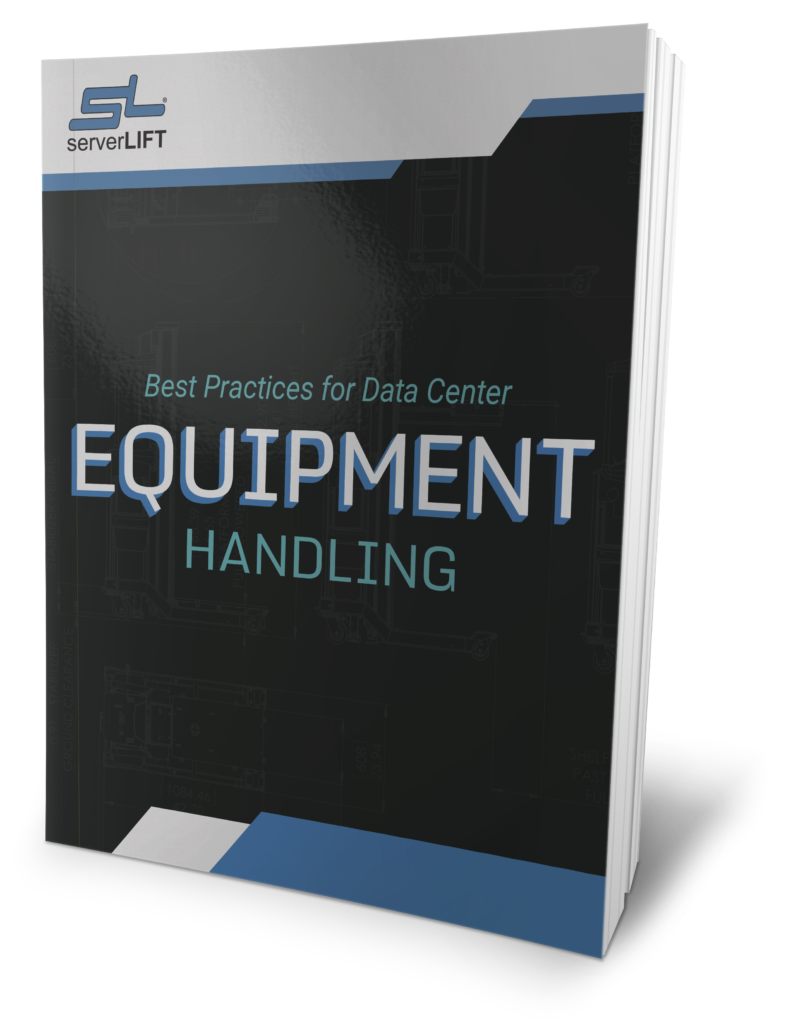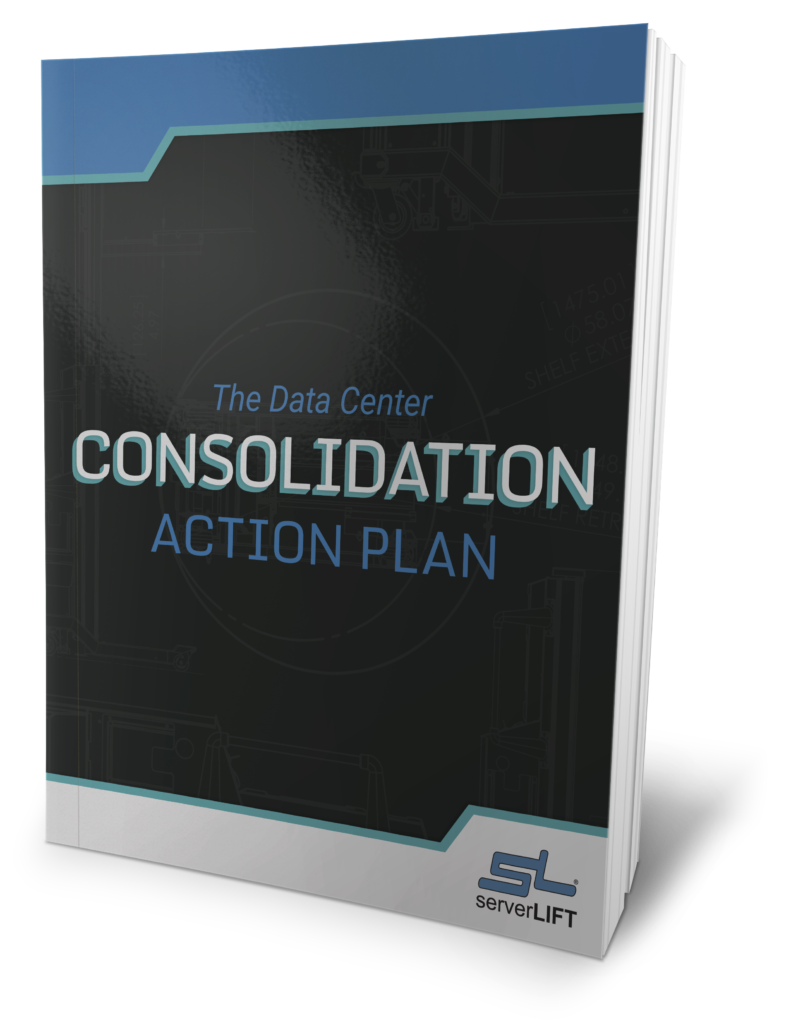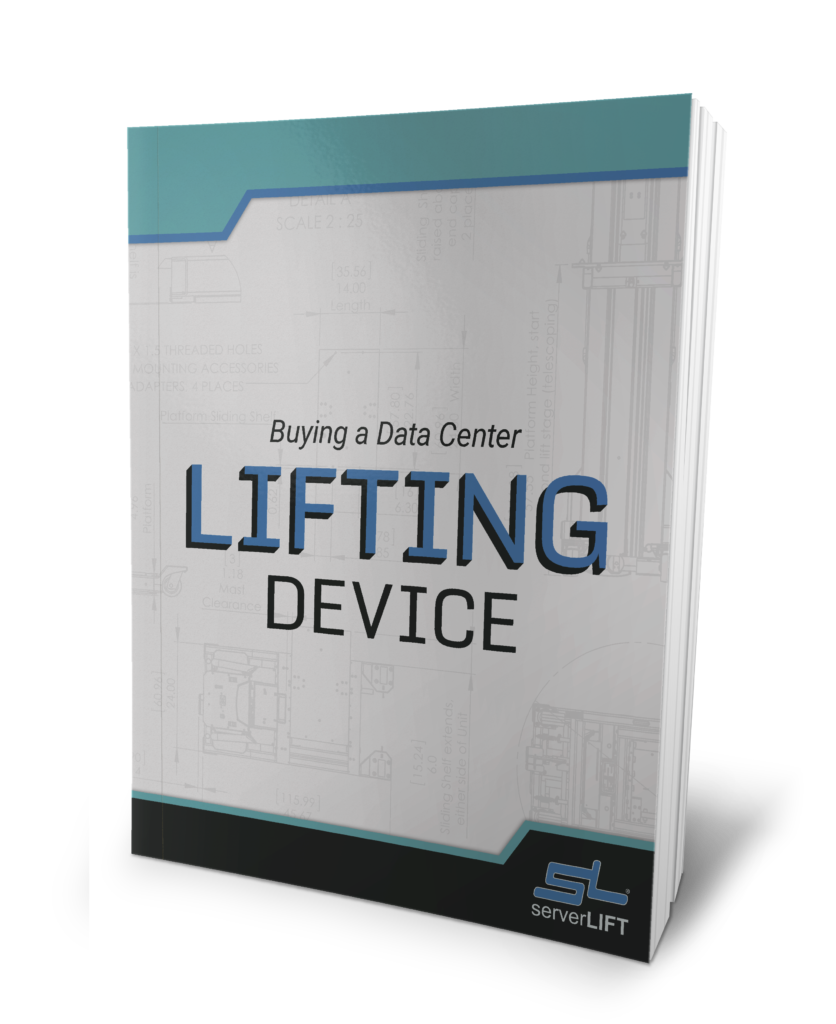Asioiden Internet ja suuri data edistävät edelleen nopeaa yhteistyömahdollisuuksien kasvua. Maailmanlaajuisen yhteistoimintatietokeskuksen markkinoiden ennustetaan saavuttavan $63 billion by 2023. IT infrastructure leaders are responding, in part, to the popularity of cloud technologies. The increased data load caused by this demand is driving the expansion of data centers in general. The colo facility, however, offers a unique opportunity to minimize the high costs associated with a cloud-heavy data management strategy.
Flexibility, savings, and reliability are often the trifecta bringing a business to the doorstep of a colocation facility. The company in question may also have an interest in capitalizing vs operationalizing an expense (CAPEX vs.OPEX).
Incorporating colocation into an IT strategy can be a good choice. But before making a decision, we recommend reviewing these five top tips for selecting the colo data center that is right for you. We sat down with Flexential Regional VP of Sales Bill Cory to discuss the advantages of geographic location, connectivity capabilities, reliability, support services, and amenities.
Below, Mr. Cory goes into detail on the process of bringing in a new colo client and assessing their exact needs. “We want to make sure that we are engaging with the right opportunities for us because we don’t want to waste their time or our own. Determining whether we are the best fit is best to do up front,” says Cory.
At their most basic, wholesale third-party data centers provide space, power, and cooling. Flexential operates 40 retail colocation facilities, which offer additional amenities and services beyond those available from a wholesale operator. The checklist below can help your company decide what’s needed before the next colo contract is signed.
#1 Location
The geographic location of a data center can matter to a colocation client for several reasons. “Sometimes a facility can stand out simply because of where it is, and the carriers in it—not what it looks like, or its capabilities,” notes Cory, who says that among the first priorities with location is latency (i.e., who is consuming the application, and where are they located?). Depending on the answer, latency can be a bonus or a drawback for certain geographic locations. The second consideration connected to location has to do with the size and spread of the enterprise. Will you have needs that span more than one geographic part of the country? Are you running a national or international company? If so, the data center down the street is likely not the best choice. In other situations, the local DC may be perfect. The cost of power varies greatly across the United States. Many companies headquartered in California move their data center infrastructure out of state, to places such as Oregon or Las Vegas, to cut these costs. Some regions also offer tax incentives, making a colo facility located there a more attractive and financially sensible choice.#2 Connectivity
Connectivity really means several things: Who you are connecting to, the carriers you require, the access you need, and cloud connectivity, if it is applicable. A major advantage when utilizing a colo facility is its connectivity options and the available connections to other customers and providers. For example, due to the shared space and closed quarters, a marketplace often forms. Being in that colo with access to that marketplace may be really helpful for networking and sharing those resources. Cory says these are the first questions they ask in a consultation: “What is your application? What do you want to do with it? Who is the audience that consumes that application, and is it internal or customer-facing?” There is a real advantage in being able to forge direct connections with multiple telecom carriers and cloud service providers in a single colo facility. The more providers available to choose from “creates a more competitive marketplace, drives prices down, and gives people options, which they love,” says Cory.#3 Reliability
Validations and ratings from third parties can be important in determining the level of resiliency and reliability for power and cooling in a given colocation facility. The Uptime Institute, an industry stalwart in validating data center design, utilizes a 4-level tier rating system for data centers. These tier certifications are based on overall quality and reliability. Simply put, a Tier 1 data center is not designed to the same level of redundancy that a Tier IV facility is, and if downtime (or lack thereof) is a critical component of a customer’s buying criteria then a Tier III or higher designed facility needs to be a consideration.#4 Support
One element of support is commonly referred to as “remote hands” services. These are the services performed on your equipment, at your direction, by resident colo facility teams. It’s important to know up front what they can and cannot do. “Some clients will lean more heavily on colocation staff to do the work that needs to be done. Understanding the depth and level of capabilities is important, because ‘remote hands’ is a pretty vague term,” explains Cory. Among the services at a retail colo are physical security monitoring, racking and stacking equipment, managing tape backups, structured cabling, and managed services for OS and hypervisor in colocation or private cloud. Some even offer professional services for security and compliance, infrastructure architecture and design, and vulnerability and risk assessments with respect to emergency response and disaster recovery planning. This is especially important if the data center facilities are far away—you don’t want to hop on a plane every time you need to do something. You’ll need to rely heavily on the remote capabilities of that colo and their staff.#5 Amenities
Here are some of the regular requests Cory receives from prospective clients. “There is always a tour of our data center. We always show the key things we think they will be interested in . . . the power and cooling delivery systems, the cooling units, and the generators. We always point out the loading dock and the equipment we have to support them. Crash carts, ServerLIFT® devices, and gear of that sort.”- Office space. Traveling staff often ask for conference rooms, places for meetings, and to take phone calls. On the floor, in the cages, with fans humming behind their ears, is not a very comfortable spot for visiting operators who need to get work done.
- Storage space. This is a safe place for equipment shipped in before work is done with it, or before employees arrive to work with it or install it.
- Equipment for handling gear. Cory works from Flexential’s datakeskus in Hillsboro, Oregon. It is the largest retail colocation facility in the state, with a 240k+ square foot data center footprint. There are multiple data center lifts available here.






